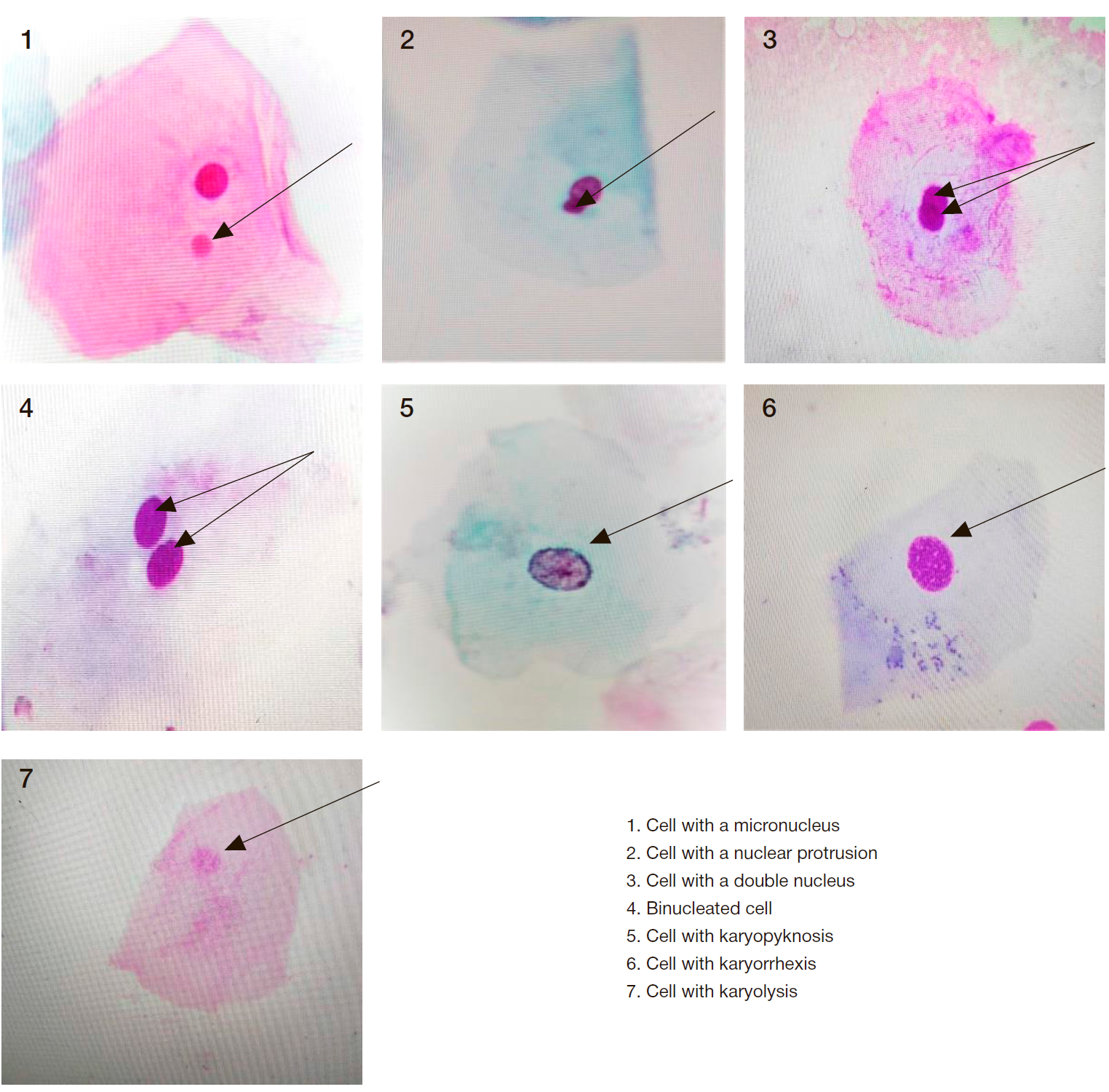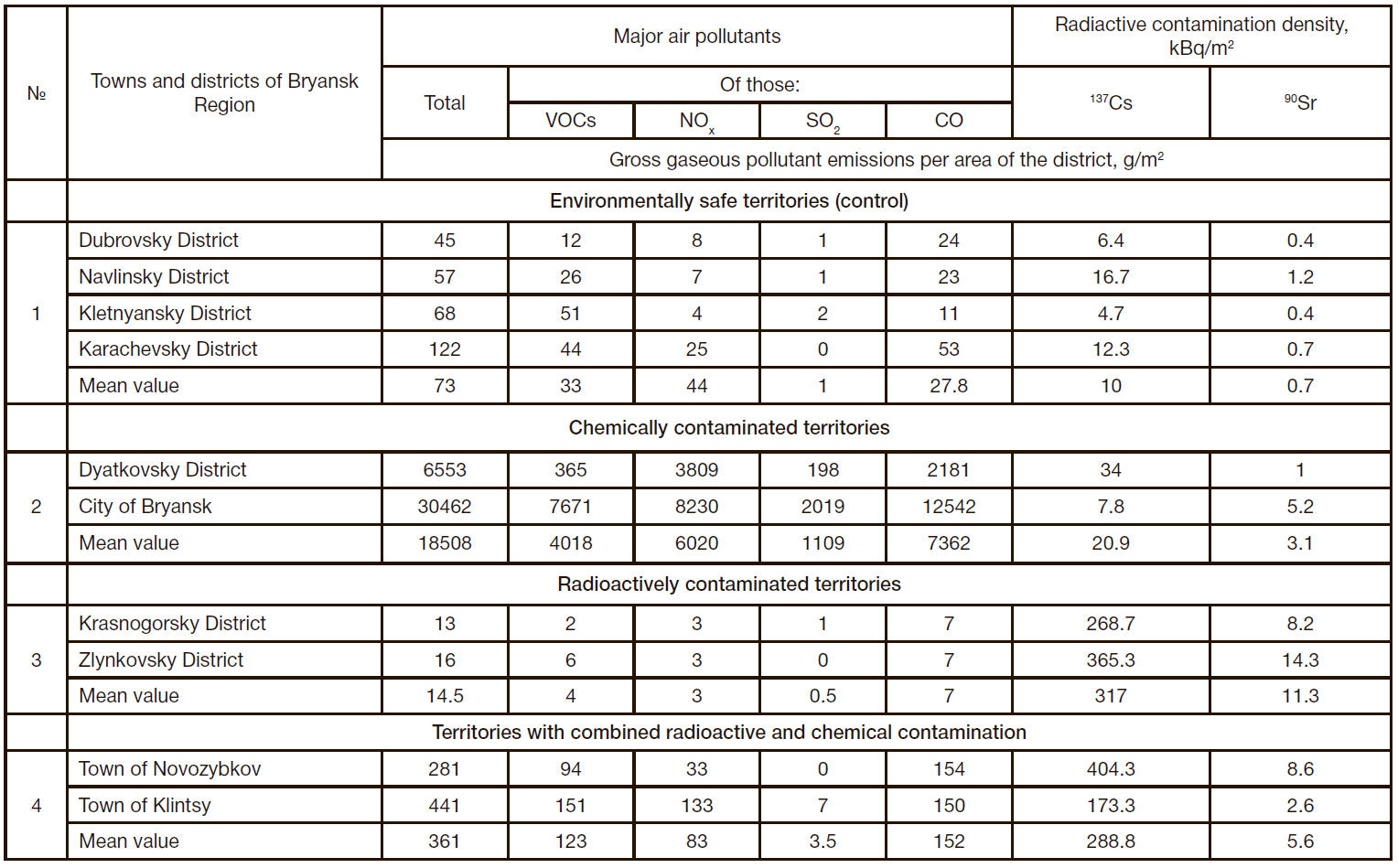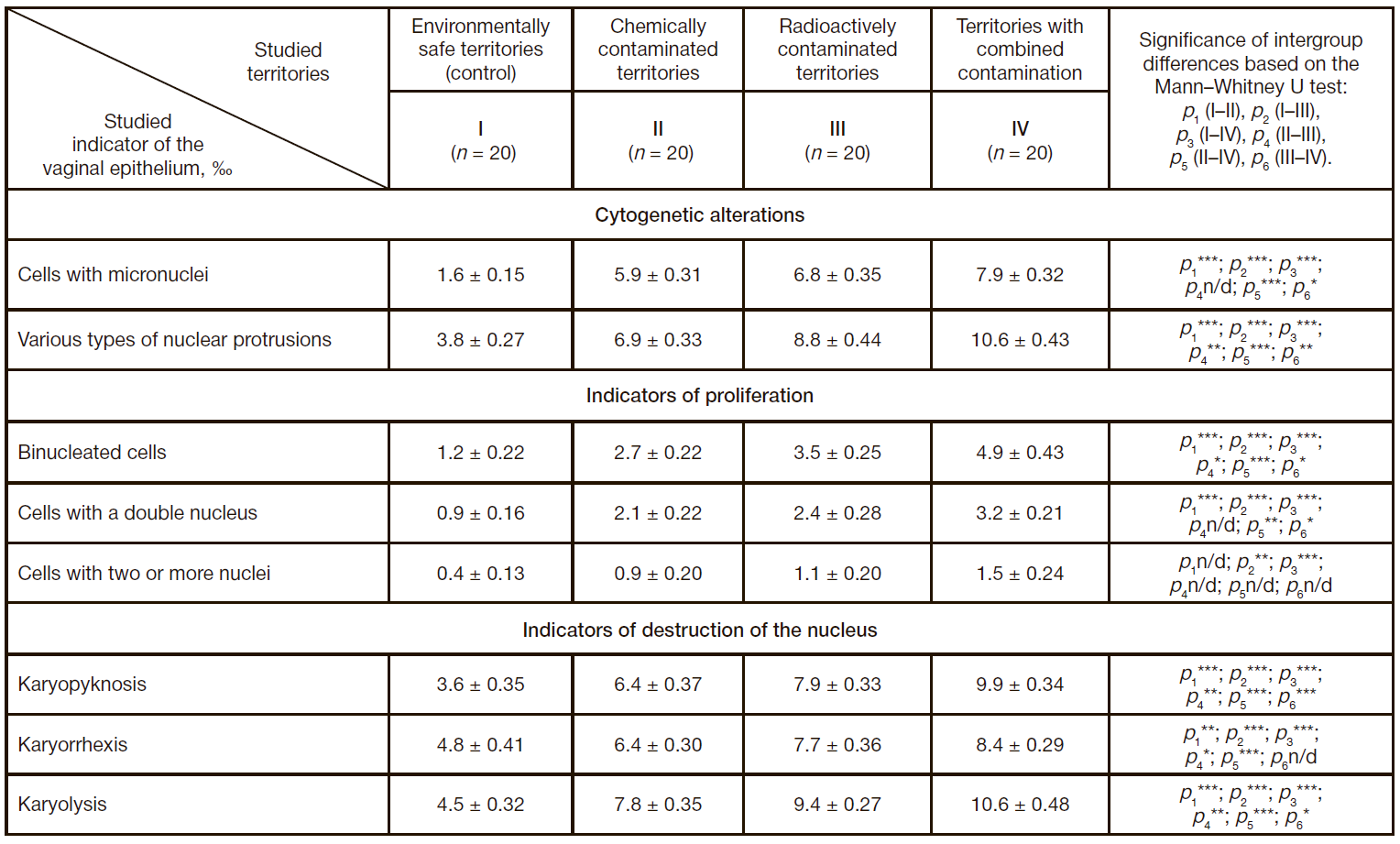
This article is an open access article distributed under the terms and conditions of the Creative Commons Attribution license (CC BY).
ORIGINAL RESEARCH
Comparative analysis of the cytogenetic status of pregnant women residing in the territories of radioactive, chemical and combined contamination
1 Bryansk State Technical University, Bryansk
2 Pirogov Russian National Research Medical University, Moscow, Russia
Correspondence should be addressed: Alexandra S. Domakhina
Bulvar 50 let Oktyabrya, 7, Bryansk, 241035, Russia; ur.xednay@ahsasanihamod
Acknowledgement: the authors would like to express particular gratitude to O.M. Gavrilova, obstetrician-gynecologist at the Bryansk City Hospital № 1, for assistance in biomaterial collection.
Author contribution: Domakhina AS — search for literature, statistical analysis, manuscript writing, manuscript editing and discussion; Korsakov AV — literature review, study concept and design, interpretation of the results, approval of the final version of the article; Troshin VP — data analysis and interpretation, manuscript writing, editing and discussion; Pivovarov YuP, Korolik VV — data analysis and interpretation, manuscript editing and discussion.
Compliance with ethical standards: the informed consent to collection of biomaterial during screening and clinical data processing was obtained from all patients.


